Chapter 7: Best Practices for Effective BCM Auditing
A well-conducted BCM audit provides valuable insights into the strengths and weaknesses of an organization's Business Continuity Management (BCM) program. This chapter explores best practices for ensuring the effectiveness and efficiency of the BCM audit process.
Planning and Preparation
- Clear Objectives: Define clear and measurable objectives for the BCM audit, aligned with the overall BCM program goals and regulatory requirements.
- Stakeholder Engagement: Engage key stakeholders, including management, BCM team members, and potentially affected departments throughout the audit process. This fosters communication and facilitates a smoother audit.
- Detailed Audit Plan: Develop a comprehensive audit plan outlining the scope, methodology, timeline, resource allocation, and communication strategy.
- Pre-Audit Review: Conduct a pre-audit review of relevant BCM documentation (risk assessments, BIAs, BCPs) to gain a preliminary understanding of the program.
Maintaining Auditor Independence and Objectivity
- Auditor Competence: Ensure the audit team possesses the necessary BCM expertise, industry knowledge, and auditing skills. Consider external auditors with fresh perspectives if needed.
- Conflict of Interest: Avoid conflicts of interest by assigning auditors who are not directly involved in the BCM program's day-to-day operations.
- Unbiased Approach: Maintain an objective and unbiased approach throughout the audit process, focusing on evidence gathered and factual observations.
Communication Throughout the Process
- Clear Communication Plan: Develop a clear communication plan outlining who will be informed about the audit, how information will be shared, and the frequency of communication.
- Open and Transparent Communication: Maintain open and transparent communication with all stakeholders throughout the audit process. This fosters trust and collaboration.
- Exit Meeting: Conduct an exit meeting with key stakeholders to summarize preliminary findings and provide an opportunity for clarification or discussion.
Utilizing Technology
- Audit Management Software: Consider using audit management software to streamline tasks such as document management, scheduling interviews, and compiling findings.
- Collaboration Tools: Utilize collaboration tools for efficient communication and information sharing among the audit team and stakeholders.
Continuous Improvement
- Lessons Learned: Document lessons learned during the BCM audit process and incorporate them into future audits and program improvement initiatives.
- Post-Audit Review: Conduct a post-audit review to assess the effectiveness of the audit process itself and identify areas for improvement for future audits.
- Regular BCM Audits: Schedule regular BCM audits to ensure ongoing evaluation of the program's effectiveness and alignment with evolving threats and regulations.
Summing Up ...
By adhering to these best practices, organizations can ensure a successful BCM audit. A well-planned, competent, and objective audit provides valuable insights for optimizing the BCM program, ultimately enhancing the organization's resilience and ensuring business continuity in the face of disruptions.
More Information About Blended Learning Auditing BCMS Courses
BCM Institute offers two levels of BCM auditing courses: A-3 BCM-8030 ISO22301 BCMS Auditor [A-3] and the ISO22301 BCMS Lead Auditor [A-5].
 |
![TMM [BL-A-5]](https://no-cache.hubspot.com/cta/default/3893111/e7af9322-15cb-412d-91b6-59cd388ee6e9.png) |
![Register [BL-A-5]](https://no-cache.hubspot.com/cta/default/3893111/bb38417e-6241-4057-b90c-f319f31a494e.png) |
 |
 |
 |




![Email to Sales Team [BCM Institute]](https://no-cache.hubspot.com/cta/default/3893111/3c53daeb-2836-4843-b0e0-645baee2ab9e.png)



